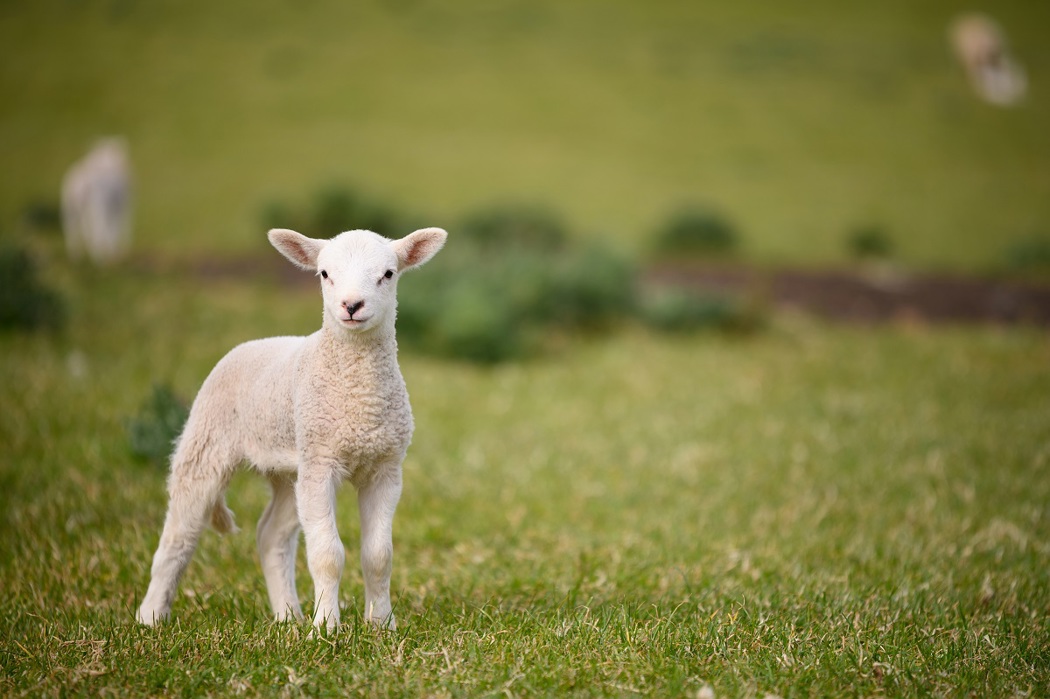Making a plan
“Typically around 5% of lambs born will be artificially reared, but it is not unusual for this to rise to up to 10% of all lambs,” she explains. “Major contributors to the number of these lambs are orphans and lambs from ewes with poor milk supply, while a proportion will be from triplets.
“Managing successful artificial rearing must be a priority as achieving 5-10% more lamb sales will have a big impact on the bottom line.”
Ms Thomas advises taking the time to decide how these lambs will be managed before you hit the peak of lambing. She says this should include when the decision is taken to remove a lamb as well as which lambs to remove.
“For example, it might be having a plan to remove the strongest triplet so that the remaining lambs face less competition for milk. Generally early intervention will ensure the lambs left on the ewe and any lambs removed will have the best chance of surviving and achieving good growth rates. Having a clear management system will ensure they remain healthy and grow quickly. A successful rearing plan can also help manage workloads and simplify decision making and management.
As they will be more expensive to rear, she says it is important to ensure they hit specification for carcase weight and grade, which means ensuring early life feed conversion efficiency is captured and that they grow rapidly from birth.
Ms Thomas says that ideally all lambs should have received sufficient colostrum before being taken off the ewe. If this is not possible that a high quality colostrum replacer source should be used.
Choosing a milk replacer
“Choice of lamb milk replacer is key. Providing a well formulated, highly digestible product will support good intakes and maximise growth rates, while reducing problems and the time associated with attending to lambs. A lamb milk replacer should be precisely formulated to fully optimise lamb performance and support health, high digestibility of energy and protein sources aim to minimise the risk of digestive upsets.”
New-born lambs have limited energy reserves, so the replacer must provide sufficient energy in a highly digestible form to support survivability and body temperature maintenance, as well as a robust immune system, while promoting high liveweight gains.
To reduce digestive upsets, she advises choosing a replacer formulated for controlled osmolality, making it closer to ewe’s milk. Osmolality is the measure of the concentrations of sugars and minerals in the mixed solution of replacer. Lamb milk replacers with elevated osmolality, either in the actual formulation or as a result of being mixed in too concentrated a form, can damage gut integrity, increasing the risk of scours, bloat and compromising potential future growth rates.
“By investing in Milkivit Energized Lamb Milk, formulated for high digestibility, you can ensure lambs get the nutrients they require for good health and performance and help them get as good a start in life as possible. This in turn will increase the number of lambs sold, as well as their efficiency of growth, to help boost margins,” Ms Thomas comments.
